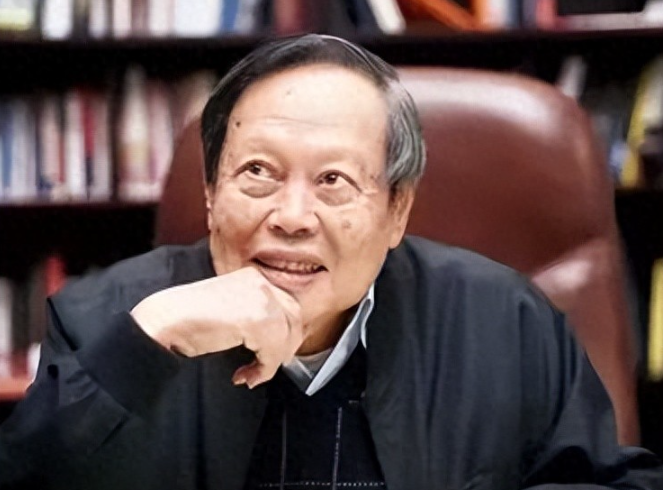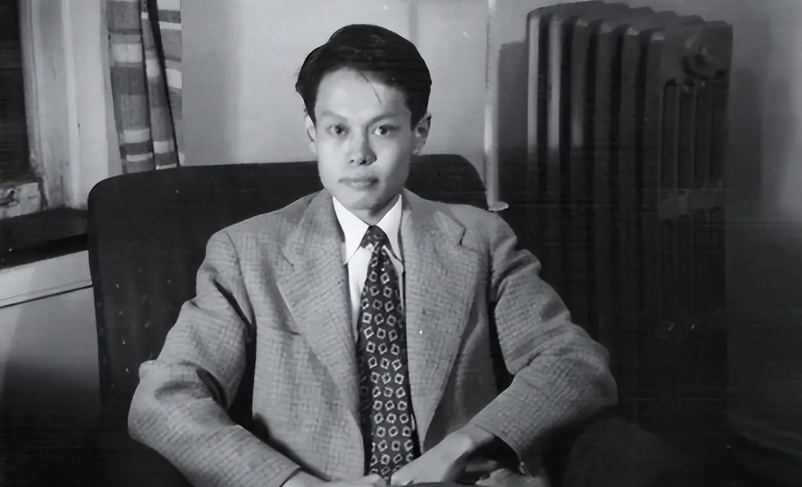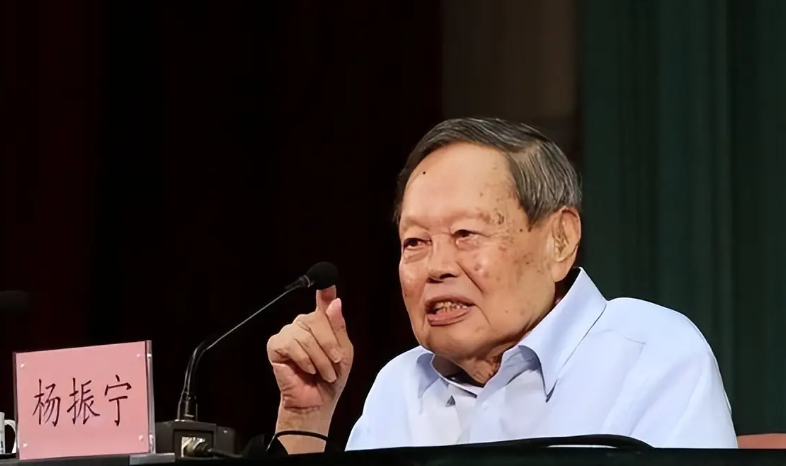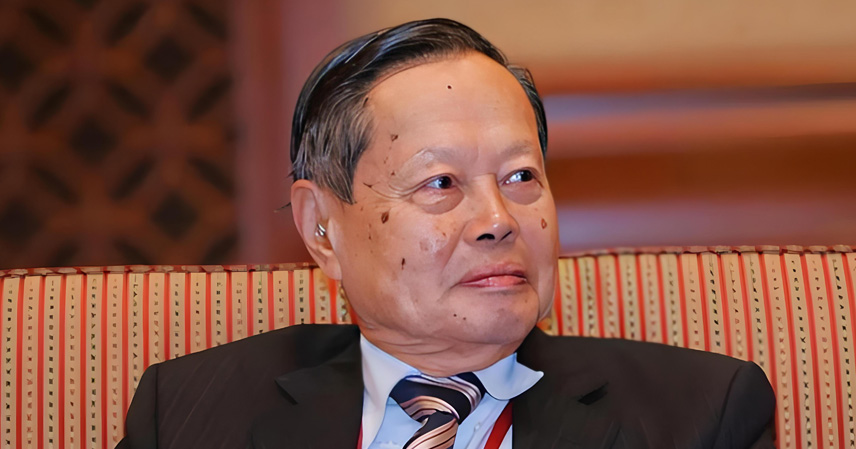On October 18, 2025, China mourned the passing of Yang Zhenning (Chen-Ning Yang) — one of the world’s most influential physicists, Nobel laureate, and academician of the Chinese Academy of Sciences. He died in Beijing at the age of 103, marking the end of a century-long life that bridged East and West, science and philosophy, youth and legacy.
Yang’s story was never only about physics; it was a chronicle of 20th-century China’s intellectual destiny — one that began in a turbulent era of war, reached the heights of theoretical physics in America, and ultimately returned to the soil that had shaped him.
A Scholar Between Worlds
Born in 1922 and raised in the Tsinghua University campus where his father taught mathematics, Yang was immersed early in academic rigor. His intellectual ascent began in the wartime National Southwest Associated University, where he studied under physicist Wu Dayou. In 1945, he left for the University of Chicago, joining the ranks of Chinese scholars who transformed modern physics abroad.

By 1957, Yang and Tsung-Dao Lee shared the Nobel Prize in Physics for their discovery of parity nonconservation in weak interactions, a revelation that shattered one of physics’ most fundamental assumptions. Later, his Yang–Mills theory laid the mathematical foundation for the Standard Model, which underpins modern particle physics.
Yet Yang was never content to be confined by scientific equations. His writings often touched on the philosophy of science and the moral responsibilities of intellectuals, arguing that the pursuit of knowledge must coexist with the pursuit of national and human progress.
The Return: A Circle Completed
After decades in the United States — notably as a professor at Stony Brook University — Yang made a decision few of his generation dared: to return to China permanently. In 2003, at age 81, he settled once again inside Tsinghua Garden, where he had spent his childhood. “I’ve walked a full circle in life,” he remarked, “but this return is not just to where I started — it is to do the last thing worth doing.”
That “last thing” was not another equation, but institutional building. Yang saw that China’s rise in science required not only resources but also intellectual ecosystems that nurtured free and fundamental inquiry.
In 1997, with support from Tsinghua leadership, Yang helped establish the Institute for Advanced Study at Tsinghua University (IAS-Tsinghua) — explicitly modeled on Princeton’s Institute for Advanced Study, where Albert Einstein had once worked. The new center would focus on pure research, minimal bureaucracy, and academic freedom — a rare vision in a system still dominated by project-based evaluation and administrative control.

Yang served as Honorary Director, while his longtime collaborator Ni Huating (Huatung Nie) became director. Under their design, IAS-Tsinghua adopted three principles: a small, elite faculty structure; unrestricted research directions; and financial independence supported by Hong Kong and North American foundations — both personally initiated by Yang. He donated US$1 million of his own funds to start the endowment, and persuaded others to contribute.
This independence allowed the institute to attract top minds such as Yao Qizhi (Andrew Chi-Chih Yao), a Turing Award laureate who joined Tsinghua in 2004, marking a milestone for China’s computer science education. The IAS also recruited rising mathematicians and physicists including Wang Xiaoyun, known internationally as the “Queen of Cryptography.”
Yang’s institutional philosophy — “精干、择优、流动” (lean, selective, and dynamic) — became a model later adopted by Tsinghua’s broader reforms. As physicist Zhu Bangfen recalled, “He built an academic special zone within Tsinghua — an experiment that quietly changed the university’s DNA.”

The Mind Behind the Scientist
Though often portrayed as an austere genius, Yang’s colleagues remembered a man of remarkable empathy and curiosity. He was meticulous, yet gentle — a “normal genius,” as one contemporary put it.
Yang was known for his equal respect toward students and peers. Former colleagues recounted how he would personally open the car door for guests or take the time to edit video footage of daily moments with his wife Weng Fan. His “Yang-Weng Studio” became a small archive of his later life, capturing not equations but humanity.
In conversation, Yang’s mind remained voraciously active. He discussed not only physics but also politics, economics, and literature. He questioned everything. That curiosity, undimmed by age, perhaps defined him more than any of his theorems.
Even in his nineties, he was engaged in debates about the future of high-energy physics, famously declaring, “The party is over.” By this, he meant that major breakthroughs in particle physics might be decades away — a statement that sparked controversy but reflected his enduring realism. He urged young Chinese scientists to focus on more promising fields such as condensed matter physics and computational theory — areas where insight, not infrastructure, drives discovery.
Legacy and Reflection
Yang Zhenning’s legacy cannot be measured merely in scientific citations or awards. It lies in the institutional imagination he brought to Chinese academia — the conviction that great science demands great freedom.
His return to China in 2003 was symbolic of a deeper reconciliation: between patriotism and cosmopolitanism, between intellectual autonomy and national purpose. In an era when many Chinese scholars sought validation abroad, Yang’s journey home represented a philosophical closure — a belief that global excellence and Chinese identity could coexist.
Today, the red-brick building that once housed his father’s office — now home to Tsinghua’s Institute for Advanced Study — stands as both a monument and a metaphor: the continuity of Chinese intellectual tradition through a century of upheaval.
At his 99th birthday symposium, Yang quoted his late friend Deng Jiaxian, the father of China’s nuclear program: “May we walk together across a thousand miles.” Looking back over half a century, Yang said softly, “I have walked with you for the last fifty years of that journey.”
Now that journey has come to its end — not in equations, but in endurance; not in triumph, but in continuity.
References
- Xinhua News Agency (2025). “Physicist Yang Zhenning Passes Away at 103.”
- China News Weekly Archives (2021). Interview and profile reports.
- Tsinghua University Institute for Advanced Study official publications.



